They may look great on Instagram, but these spots are overpriced, overcrowded, and overrated.
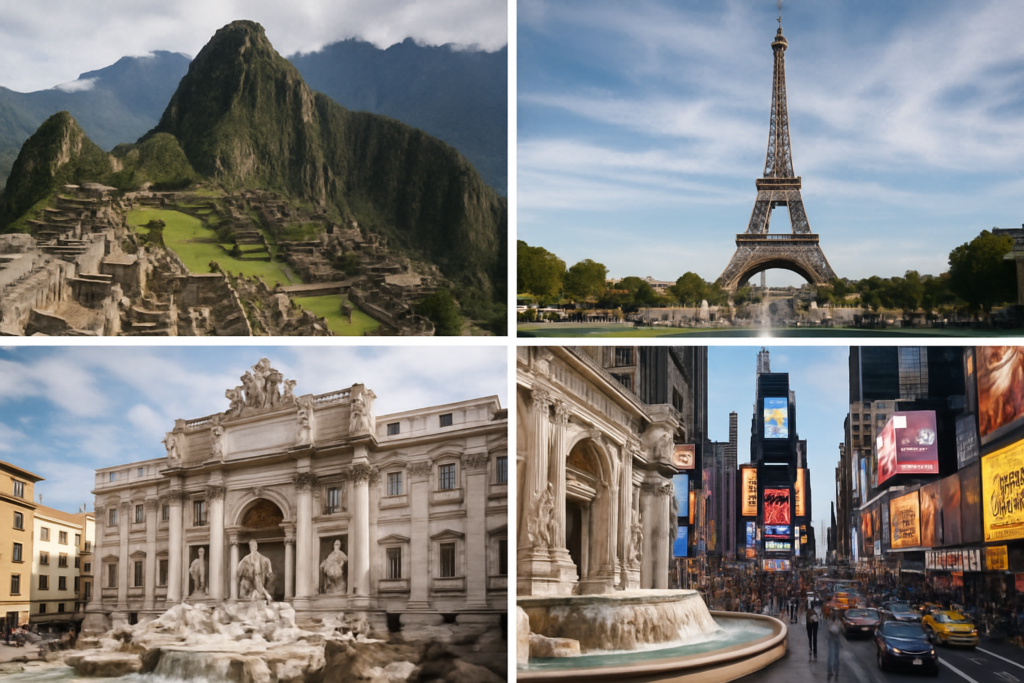
They look dreamy in photos. Cobblestone streets glistening under café lights, waves lapping at golden sand, famous landmarks basking in sunset glow. But ask a local, and you’ll hear a different story. These tourist magnets may flood your feed, but in real life, they’re often overcrowded, overpriced, and underwhelming. The food? Mediocre. The lines? Endless. The vibe? More selfie stick than soul.
From Hollywood Boulevard to Venice’s Grand Canal, these are the places that locals dodge like a tourist with a fanny pack. You’ll find more chain stores than culture, more chaos than charm, and more regrets than revelations. Sure, some of them are bucket list icons but be warned: the crowds, scams, and sky-high prices might leave you wondering why you came at all. Whether you’re planning your next trip or just curious about the world’s most overhyped spots, here are 25 destinations the locals avoid at all costs.
1. Times Square, New York City

To tourists, Times Square is the glowing heart of New York City. But to locals, it’s a jam-packed, overpriced circus they avoid at all costs. The sidewalks are crammed with slow-moving crowds, aggressive costumed characters, and a sea of flashing billboards that make it hard to think straight. Restaurants are mostly chains charging inflated prices, and the energy is more frantic than fun.
New Yorkers only pass through if they have to. It’s not where real city life happens, and most residents consider it a commercial trap rather than a cultural hub. Theaters aside, there’s little that feels authentic. For locals, Times Square is the opposite of cool; it’s a bright, noisy place best left to visitors.
2. Hollywood Walk of Fame, Los Angeles
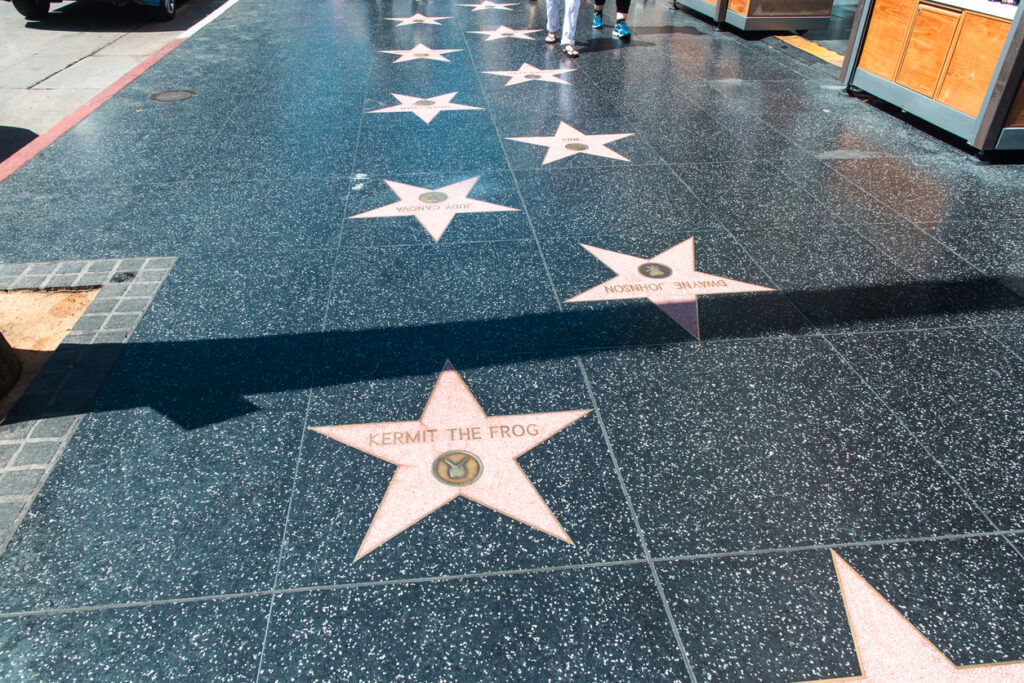
What should be a glamorous stroll through movie history often feels more like a cracked sidewalk littered with disappointment. The stars themselves are underfoot, worn and dirty, with tourists crowding around names they barely recognize. Grauman’s Chinese Theatre and the Dolby might anchor the block, but the surrounding area is packed with aggressive costume characters, souvenir shops, and more vape smoke than vintage charm.
Locals rarely set foot here, unless they are guiding out-of-town guests. Parking is a nightmare, the crowds never let up, and any sense of Hollywood magic gets lost in the shuffle. It’s more hustle than Hollywood.
3. Bourbon Street, New Orleans
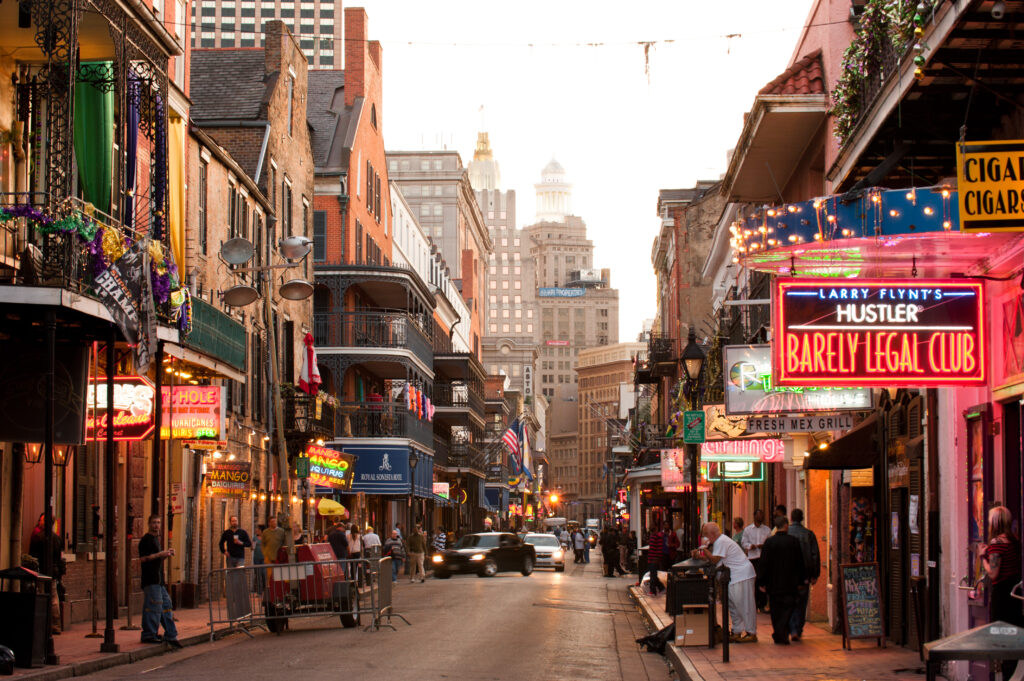
Bourbon Street promises jazz, culture, and a taste of old New Orleans, but what you often get is a sticky mess of plastic beads, spilled drinks, and deafening cover bands. During the day, it smells like last night’s regrets, and by nightfall, it turns into a party zone more reminiscent of college spring break than Creole elegance. The balconies are pretty, but the vibe is all booze and bachelor parties.
Locals usually avoid it unless they work nearby or have friends in town. The real New Orleans lives in the quieter corners of the French Quarter, where music pours out of tucked-away courtyards and the cocktails come without flashing neon. Bourbon Street? That’s for tourists.
4. Pike Place Market, Seattle
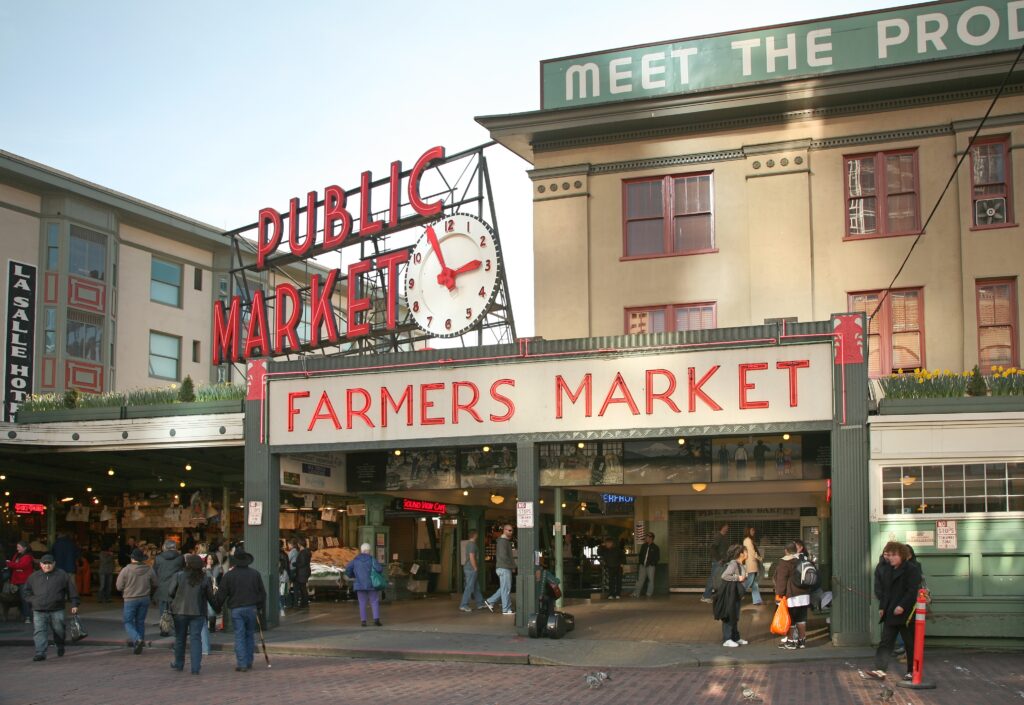
Pike Place Market is Seattle’s most photographed spot, but for locals, it’s more of a hassle than a highlight. Tourists flock here to see fish flying through the air and snap selfies with the gum wall, which clogs the narrow walkways and slows the pace to a crawl. It’s hard to shop when you’re constantly dodging strollers, street musicians, and people filming TikToks.
Most Seattleites prefer smaller neighborhood markets where the produce is cheaper and the coffee lines are shorter. While the original Starbucks and waterfront views have their charm, the novelty wears off fast. For locals, Pike Place is a once-a-year affair, if that.
5. The Blarney Stone, Ireland
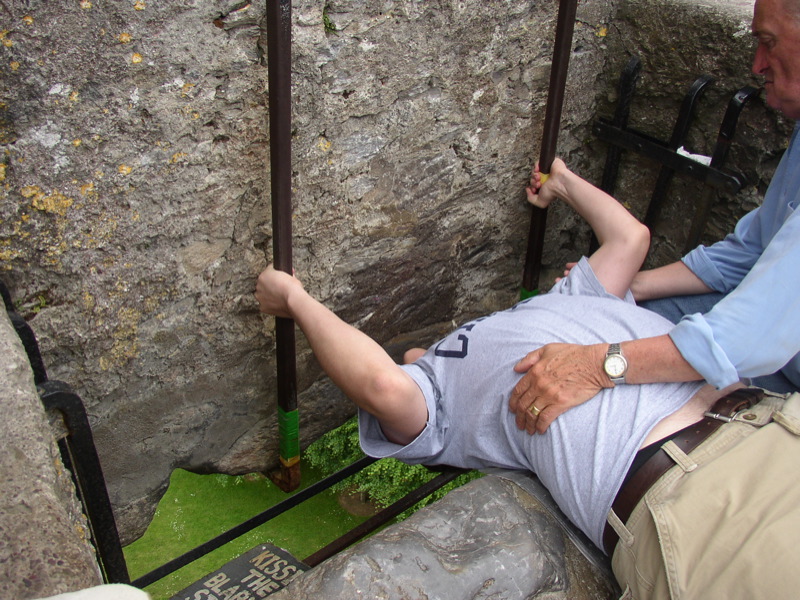
Kissing the Blarney Stone is supposed to grant you the gift of eloquence, but locals are more likely to grant you a look of disbelief. To reach it, you’ll wait in line, climb narrow spiral stairs, and then lean backward over a ledge while someone holds you by the waist—all to press your lips to a slab of stone that’s been kissed by thousands of strangers every day. Not exactly a hygienic rite of passage.
Irish locals often roll their eyes at the fuss. The castle grounds are lovely, but the stone itself is pure tourist bait. Many Irish people have never kissed it and never plan to. For them, the gift of gab comes naturally and doesn’t require swapping germs with a rock.
6. Venice’s Grand Canal, Italy
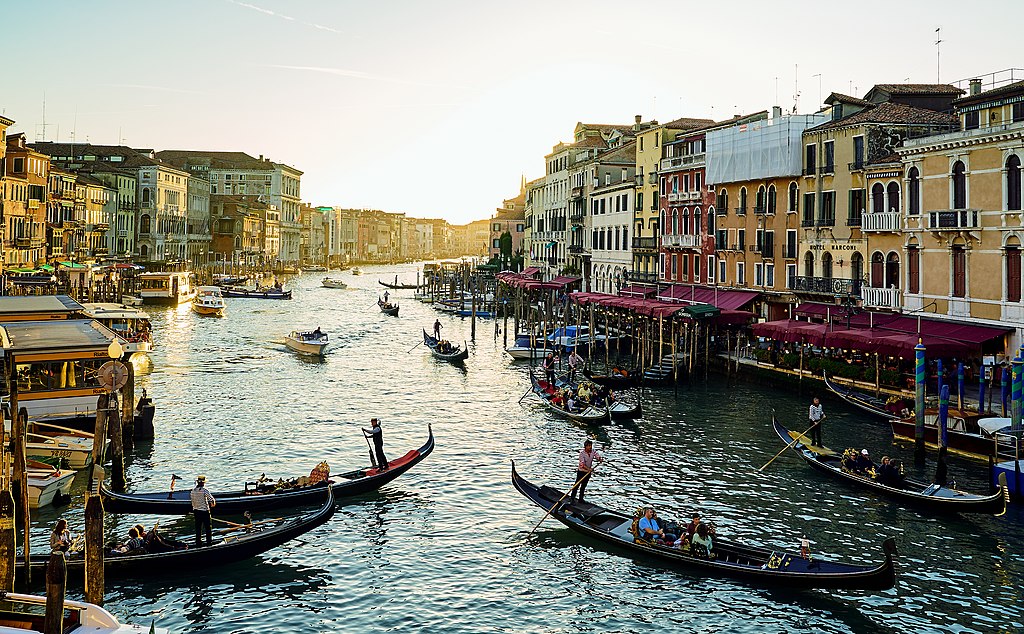
There’s no denying the beauty of Venice’s Grand Canal, with its pastel buildings, gondolas, and centuries of history reflected in the water. But what Instagram doesn’t show is the crush of tourists packed onto vaporetto boats, the endless bottlenecks on narrow bridges, and the inflated prices at every café with a view. What should feel romantic often turns into a sweaty shuffle behind tour groups and selfie sticks.
Venetians tend to avoid the Grand Canal whenever possible, opting instead for quieter canals and less-trafficked neighborhoods, such as Cannaregio or Castello. The charm is still there, but it’s buried beneath a sea of visitors. For locals, the Grand Canal is no longer a place to linger; it’s something to navigate around.
7. The Leaning Tower of Pisa, Italy
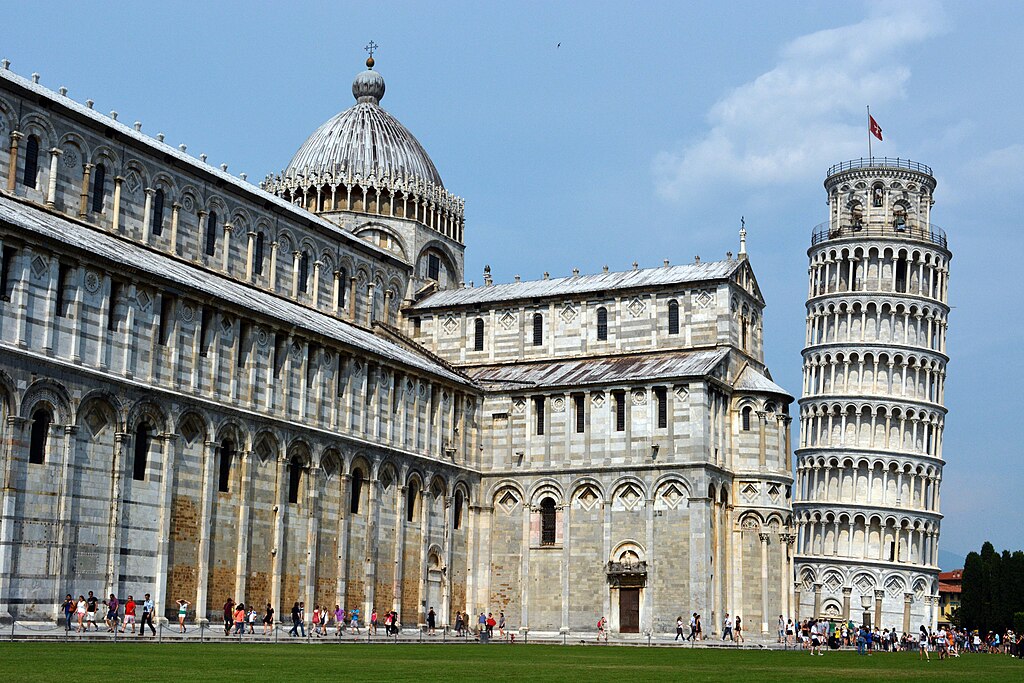
The Leaning Tower of Pisa is one of the most recognizable landmarks in the world, but locals know it’s more of a quick photo op than a full experience. Once you arrive, you’ll find a small square mobbed with tourists all striking the same “holding it up” pose. The climb to the top is steep and pricey, and once you’ve taken your picture, there’s not much else to do.
People from nearby cities rarely make the trip unless they have guests in tow. Pisa has other historical gems, but the hype often overshadows them. For most visitors, the entire experience takes less than an hour, leaving them wondering what else they could have done with their day.
8. The Eiffel Tower Summit, Paris
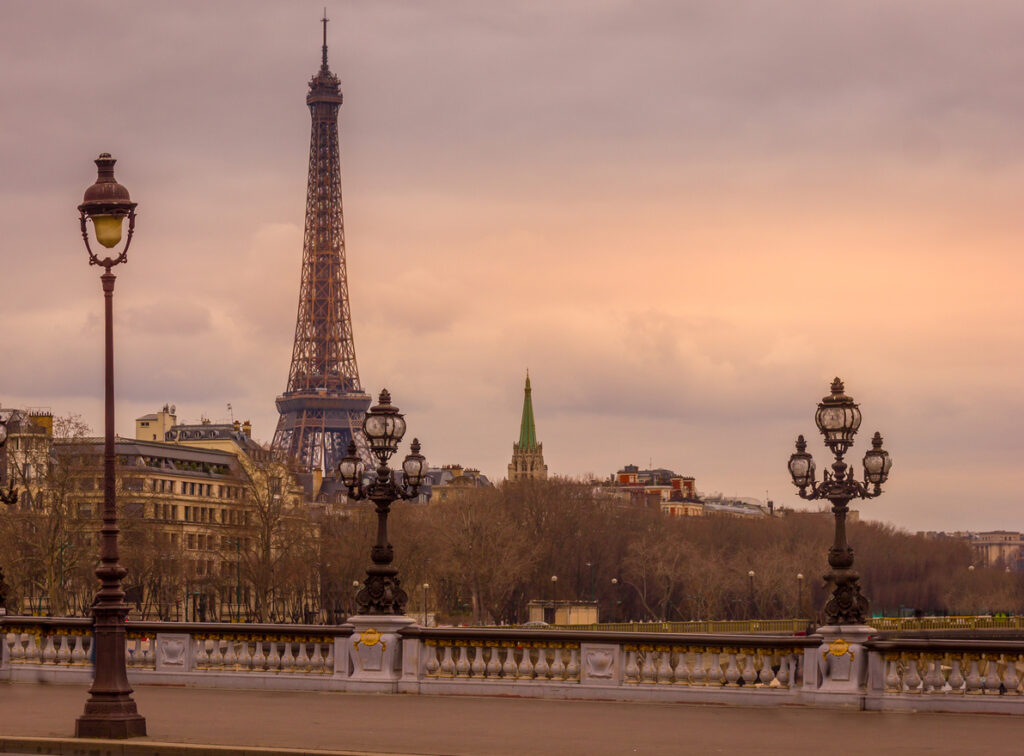
The Eiffel Tower is undeniably iconic, but ask a Parisian if they’ve been to the top and many will say never. The summit is pricey, the lines are long, and once you’re up there, the views are often obscured by crowds jostling for the perfect shot. Worse, the best view of Paris is missing one crucial thing: the Eiffel Tower itself.
Locals prefer to admire it from afar, perhaps with a picnic in Champ de Mars or a glass of wine in a rooftop bar. The tower is beautiful, but the summit experience is more about checking a box than feeling the romance of the city. For Parisians, the Eiffel Tower is best appreciated with your feet firmly on the ground.
9. The Mona Lisa at the Louvre

Seeing the Mona Lisa in person sounds magical, but it often disappoints. The painting is surprisingly small, hidden behind glass, and surrounded by a dense crowd of people waving phones in the air. You’ll wait in line just to catch a glimpse, and when you do, it’s more of a checklist moment than an emotional one.
Locals tend to skip the frenzy entirely. The Louvre is filled with incredible art, but most Parisians prefer museums where you can actually breathe. The Musée d’Orsay or Rodin Museum offers just as much inspiration, without the tourist mob. To them, the Mona Lisa is more about hype than heart.
10. Waikiki Beach, Hawaii

Waikiki Beach is often imagined as the ultimate tropical escape, but locals know it’s more city than serenity. The sand is packed with tourists, the water is crowded with beginner surfers, and the shoreline is lined with high-rise hotels, chain restaurants, and luxury shops. It’s less secluded paradise and more urban sprawl with a scenic backdrop. Even sunset feels like a performance, with selfie sticks raised and tour groups blocking the view.
Many Hawaiians avoid Waikiki unless they’re working nearby. The real island magic lives in quieter spots like Lanikai, Kailua, or the North Shore. These beaches have cleaner water, more space, and a deeper connection to local life. For residents, Waikiki feels like a show put on for outsiders, and not a very relaxing one.
11. Cancun’s Hotel Zone, Mexico
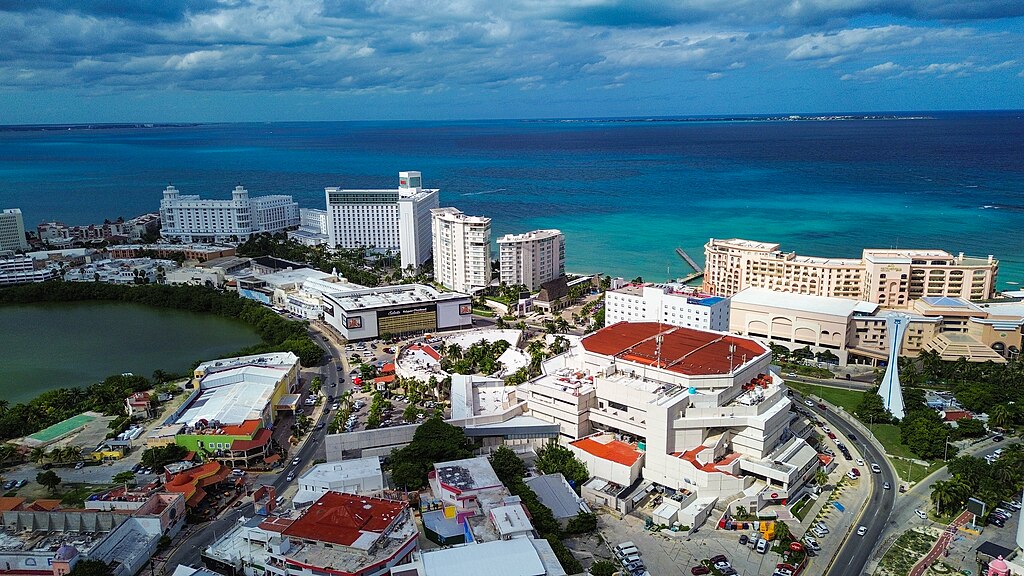
To outsiders, Cancun’s Hotel Zone looks like paradise: turquoise waters, white sand, and endless all-inclusive resorts. But ask a local, and they’ll tell you it feels more like a theme park than authentic Mexico. The strip is lined with chain hotels, overpriced restaurants, and constant party noise that rarely lets up. It’s designed for tourists to stay in their bubble, rarely venturing beyond the resort gates.
Residents of Cancun often avoid the Hotel Zone entirely unless they work there. The real flavors of the Yucatán, local food, vibrant culture, and quiet beaches, exist far from the tequila shots and foam parties. For those who live nearby, the Hotel Zone is the least Mexican part of Mexico.
12. Santorini’s Oia Village, Greece
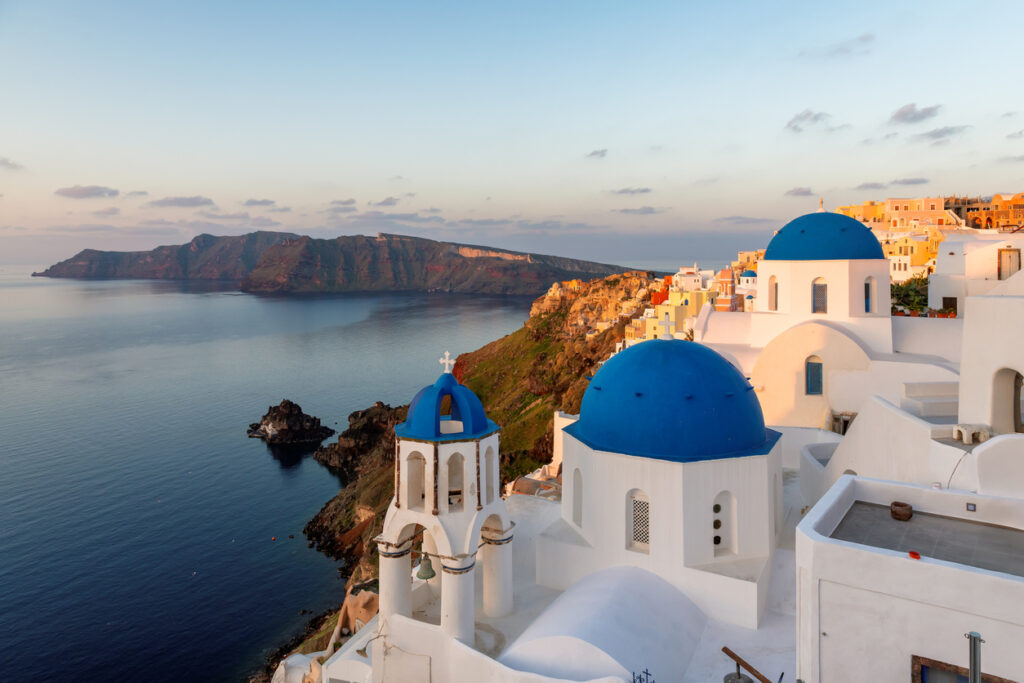
Oia is known for its whitewashed buildings, blue-domed churches, and legendary sunsets, but the charm can vanish fast when you’re shoulder to shoulder with thousands of other tourists. The narrow alleys are clogged with selfie-takers, and every rooftop seems to have been claimed by influencers chasing the perfect golden-hour shot. Prices are inflated, reservations are scarce, and the experience often feels more curated for Instagram than for real life.
Locals from Santorini and the surrounding islands rarely visit Oia unless absolutely necessary. They know the island has quieter villages, better food, and just as stunning views without the chaos. For many residents, Oia has become more of a photo op than a place actually to enjoy. It’s beautiful, yes, but also unbearably staged.
13. Machu Picchu, Peru
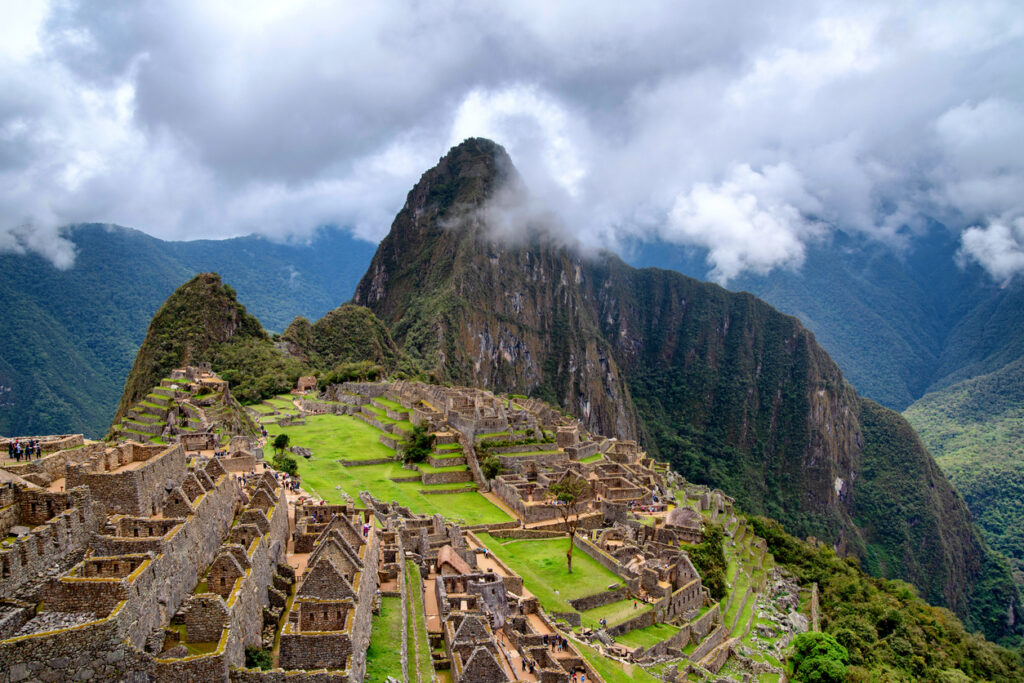
Machu Picchu is one of the world’s most iconic archaeological sites, but visiting it has become a logistical marathon. Tickets are limited and must be booked well in advance, and the journey often includes flights, train rides, and early morning hikes just to reach the gate. Once inside, the magic is often muted by crowds, strict time limits, and the constant clicking of cameras. The serenity seen in photos is hard to find in real life.
Peruvians are proud of Machu Picchu, but many prefer visiting lesser-known ruins like Choquequirao or the Sacred Valley, which offer similar history without the swarm of tourists. Locals understand the site’s value, but they also recognize that it has been pushed to its limit. For many, Machu Picchu has become more of a pilgrimage for outsiders than a meaningful experience for those who live nearby.
14. Fisherman’s Wharf, San Francisco
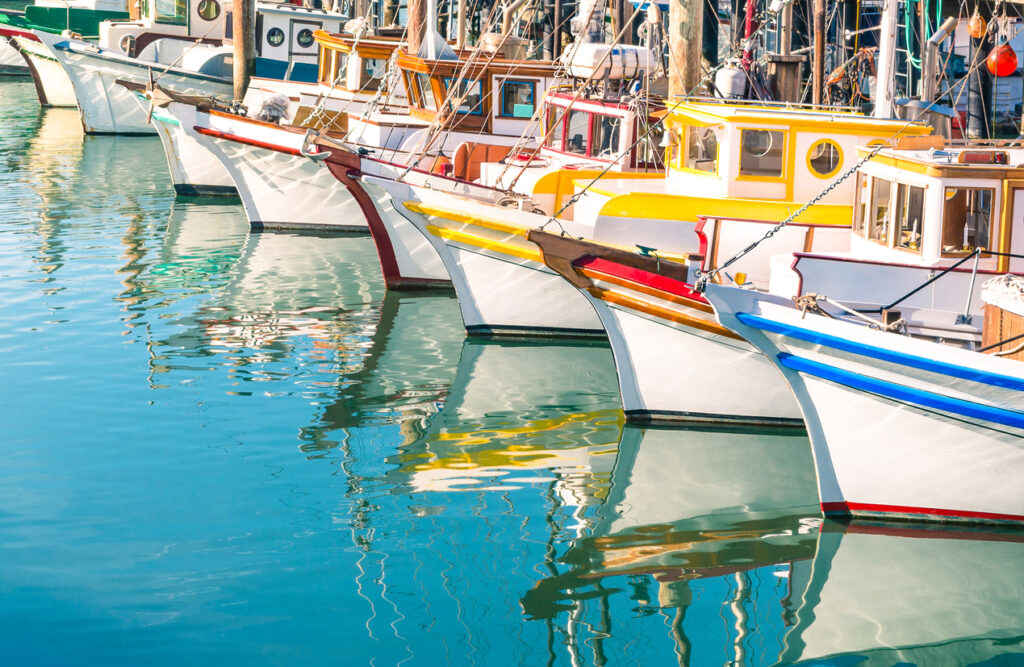
Fisherman’s Wharf might lure visitors with clam chowder in bread bowls and views of Alcatraz, but to San Franciscans, it’s a tourist trap wrapped in a foggy postcard. The area is packed with souvenir shops, overpriced seafood, and aggressive street performers. Parking is a nightmare, and the authenticity is long gone, replaced by a parade of wax museums and novelty attractions.
Locals rarely go unless they’re escorting out-of-town guests or catching a ferry. For real seafood and a local vibe, they head to places like Swan Oyster Depot or the Outer Sunset. Fisherman’s Wharf is the kind of place you visit once, snap a photo of the sea lions, and never return. For those who live in the city, it’s all flash and no flavor.
15. The London Eye
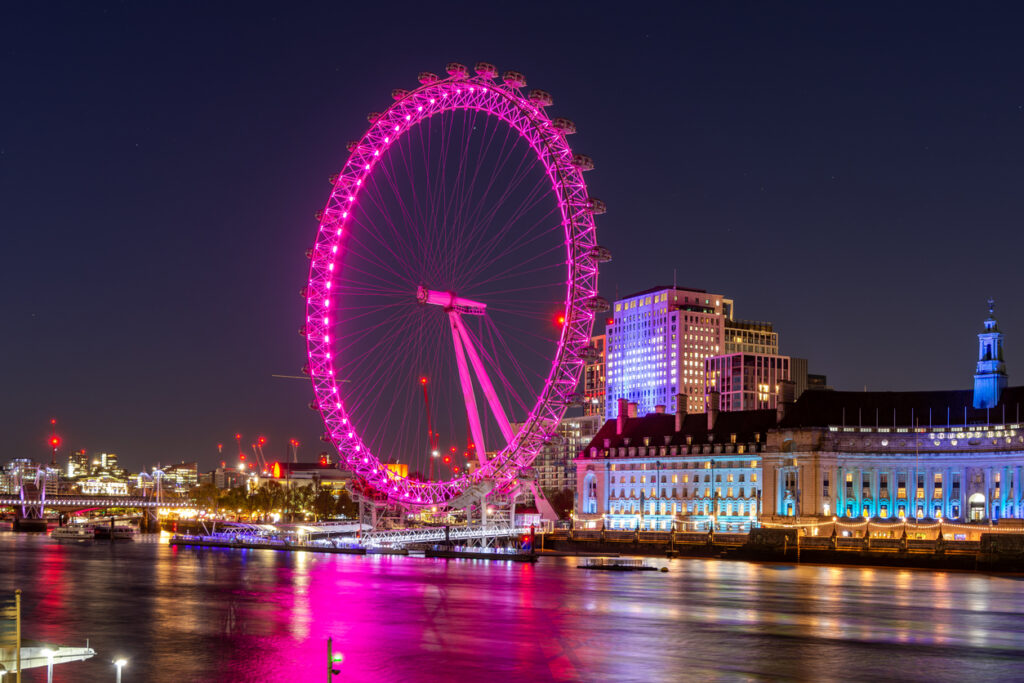
Rising above the Thames like a giant hamster wheel, the London Eye looks dramatic, but locals know it’s mostly a tourist time suck. You’ll wait in long queues, shell out serious cash, and then crawl through the air at a snail’s pace for a nice view, but hardly life-changing. It’s a one-and-done attraction for most, with more hype than substance.
Londoners rarely bother with it, preferring free views from Parliament Hill or a pint with a view at a rooftop pub. To them, the Eye is just part of the backdrop, better photographed from afar than experienced up close. It’s not a disaster, but it’s far from essential.
16. Las Vegas Strip
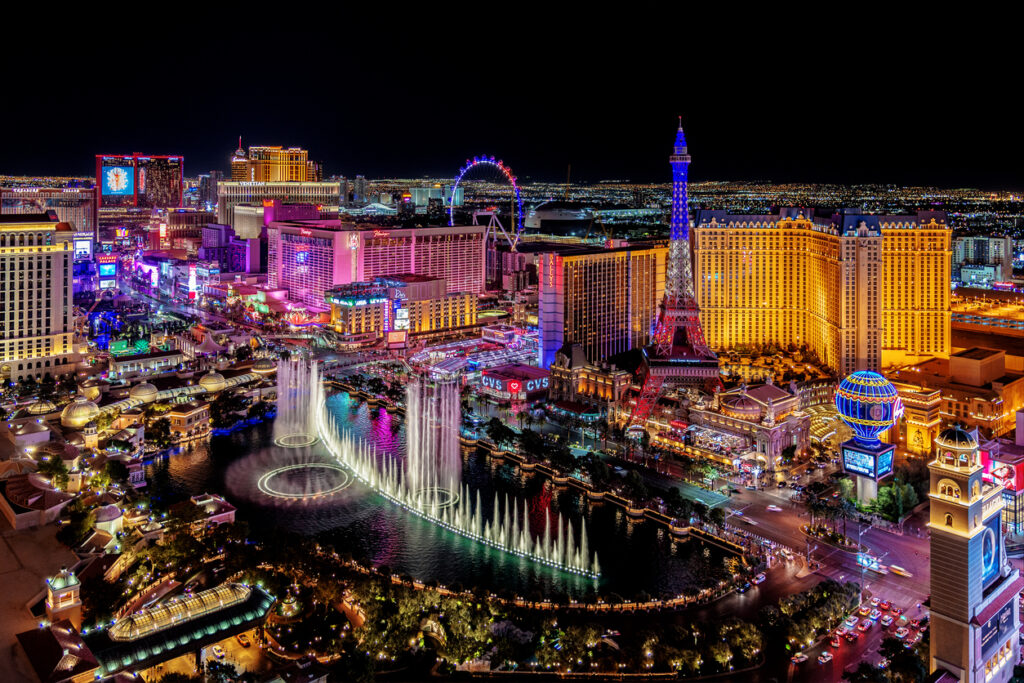
The Las Vegas Strip dazzles with lights, fountains, and larger-than-life attractions, but to locals, it’s more of an obstacle course than a destination. It’s loud, congested, and designed to keep tourists inside casinos spending money. Walking even a few blocks can feel exhausting thanks to the heat, crowds, and endless detours through slot machines and souvenir shops. What looks glamorous in ads often feels chaotic and artificial up close.
Most locals avoid the Strip unless they work there or are entertaining visitors. The real Vegas vibe is found off the Strip in neighborhoods with great food, local bars, and actual parking. For residents, the Strip is a place to bypass, not bask in. It’s spectacle over substance, and they’ve seen it all before.
17. Dubai Mall
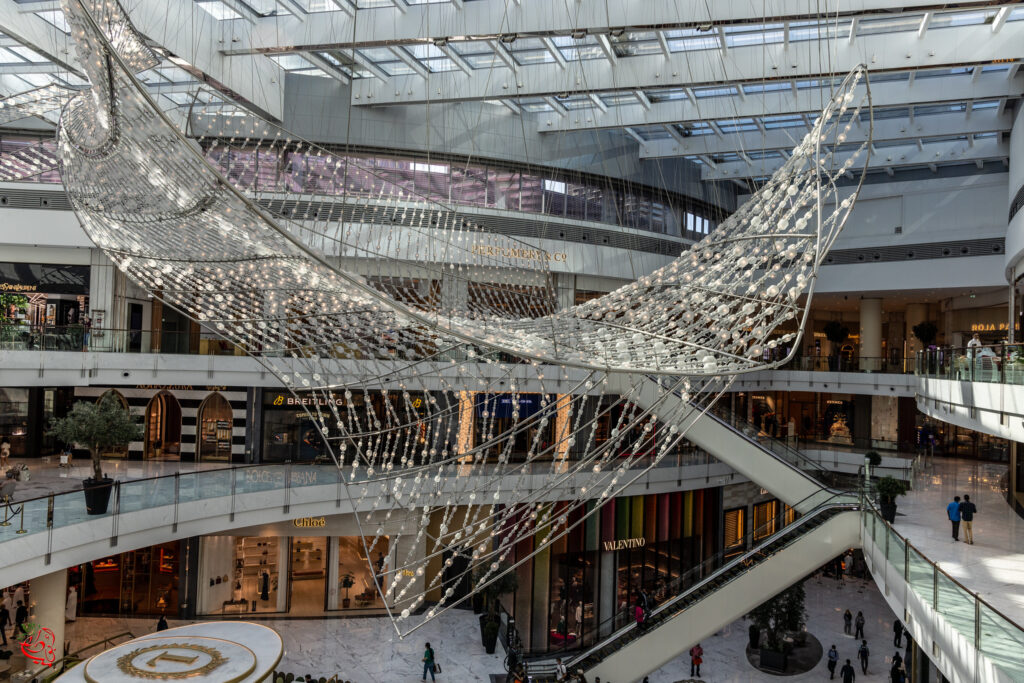
Dubai Mall is one of the largest shopping centers in the world, but for many locals, it’s more of a spectacle than a shopping destination. With over 1,200 stores, an indoor aquarium, an ice rink, and even a theme park, it feels more like an amusement complex than a mall. The crowds are constant, the parking is chaotic, and navigating it all can be an exhausting experience rather than a leisurely day out.
Residents of Dubai often choose smaller, less flashy malls or shop online to avoid the frenzy. While tourists gawk at the indoor waterfall or line up for luxury brands, locals see it as an overbuilt, overstimulating space that prioritizes hype over comfort. It’s a monument to excess that many would rather admire from a distance.
18. The Trevi Fountain, Rome
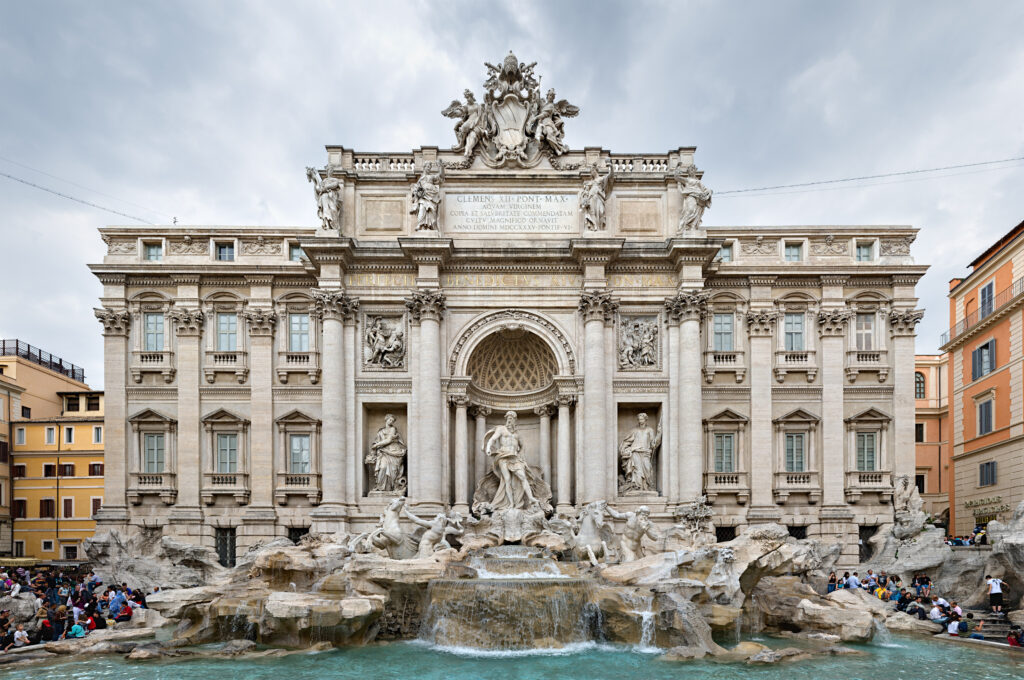
The Trevi Fountain may be one of Rome’s most photographed landmarks, but visiting it can feel more like navigating a mosh pit than experiencing a romantic moment. The square around it is constantly packed, with tourists elbowing for selfies and tossing coins over their shoulders in rapid succession. The noise, heat, and pickpocket warnings take away much of the magic you imagined from the movies.
Romans avoid the area unless they’re guiding guests or cutting through quickly. They know the real charm of the city lives in its quieter piazzas and neighborhood fountains, where you can actually hear the water. For locals, the Trevi has become more performance than peace, and they’ve long since stopped tossing coins.
19. Niagara Falls, U.S. Side
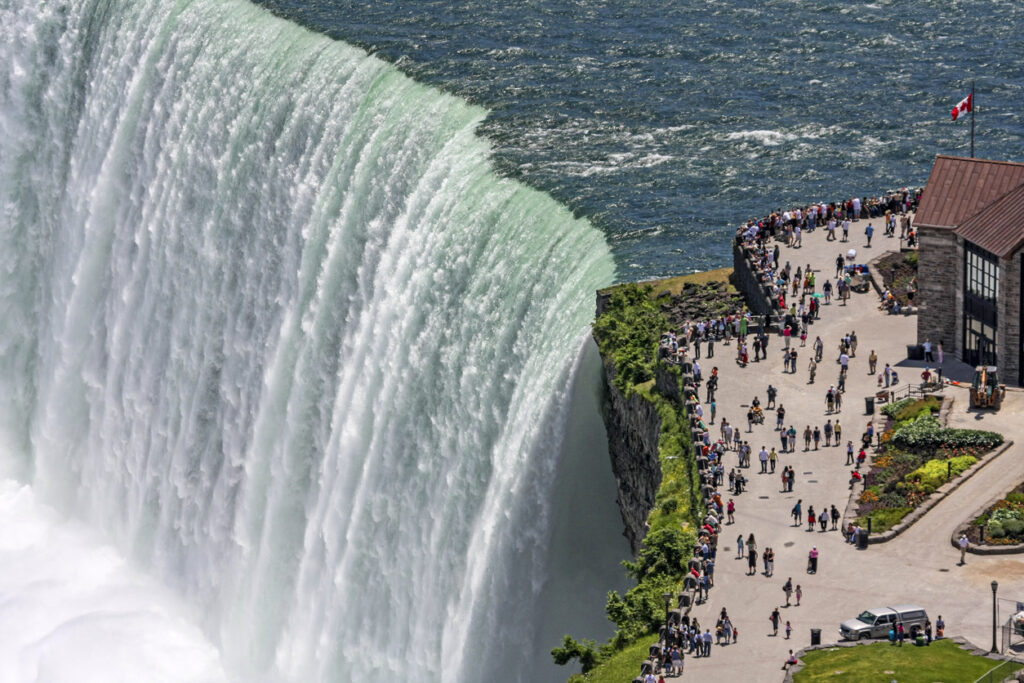
Niagara Falls is undeniably powerful, but if you’re on the U.S. side, prepare for a letdown. While the Canadian side offers sweeping views and scenic walks, the American side is dotted with chain hotels, fast food joints, and tired tourist traps. The town itself feels worn out, and the overall experience can come off as commercialized and uninspired.
Locals from nearby cities often skip the U.S. side entirely, opting for day trips across the border when they want to see the falls in their full glory. While the American parks are nice for a walk, they can’t compete with the panoramic perspective from Canada. For those who live close, the U.S. side is more of a missed opportunity than a must-see.
20. Bondi Beach, Sydney
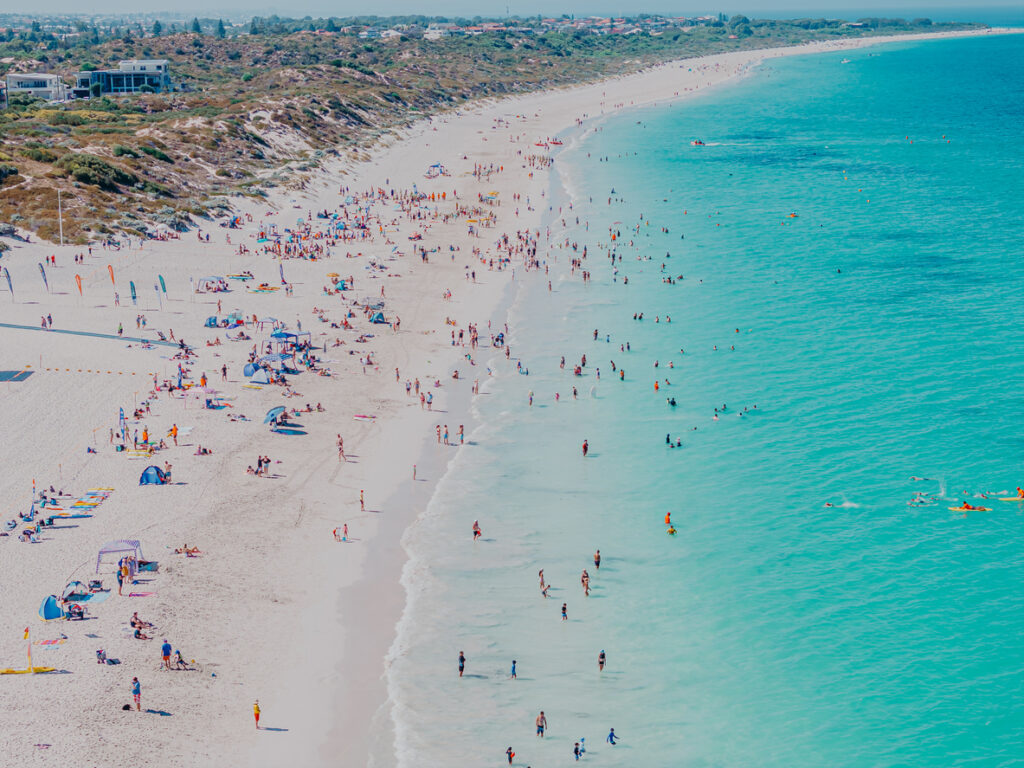
Bondi Beach is world-famous, but locals know it’s rarely the best option. It’s often overcrowded, especially in summer, with tourists packing the sand, posing for photos on the coastal walk, and swarming the nearby cafes. Parking is a nightmare, and the beach itself, while iconic, isn’t necessarily the cleanest or most relaxing in town.
Sydney residents usually head to quieter spots like Bronte, Coogee, or Palm Beach for a more laid-back day by the water. Bondi has become more of a brand than a beach, where finding space to lay a towel feels like winning the lottery. For locals, it’s a place to pass through, not a place to unwind.
21. Mount Rushmore

Mount Rushmore might look impressive in textbooks, but seeing it in person often leaves visitors underwhelmed. The monument is smaller than expected, and after a few photos, there’s little else to do beyond browsing a gift shop or grabbing a snack. The surrounding area is filled with kitschy attractions and tourist traps that feel more like a roadside detour than a national treasure.
Locals from South Dakota and neighboring states don’t visit unless they’re showing friends around. For many, the mountain’s grandeur fades quickly when viewed up close. It’s a symbol more than an experience, and while it may stir patriotic feelings, it rarely lives up to the hype.
22. The Blue Lagoon, Iceland
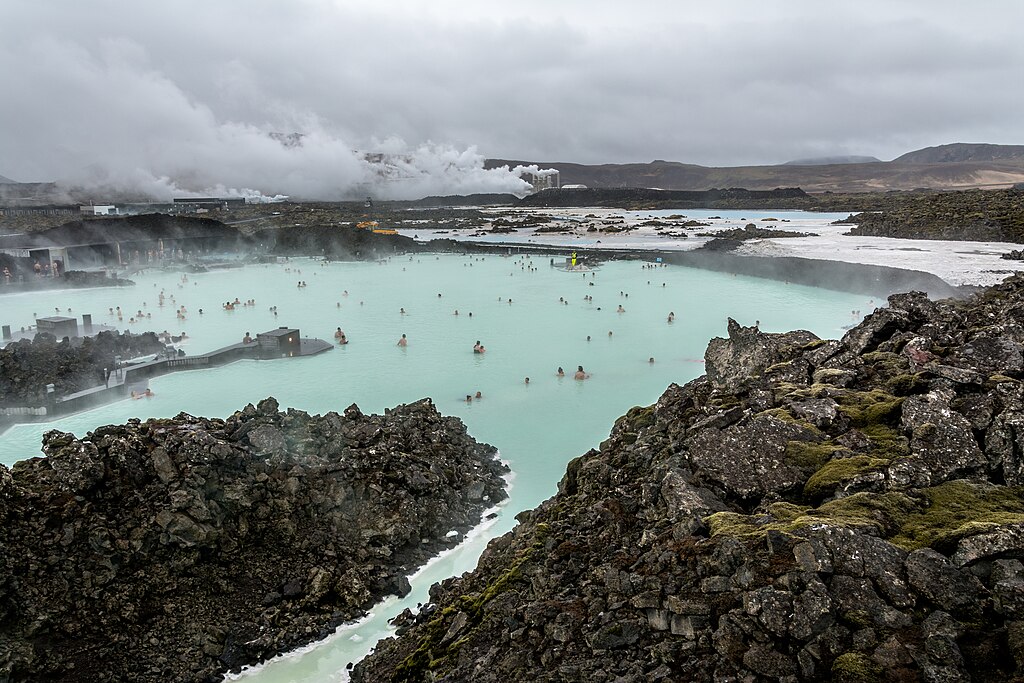
The Blue Lagoon looks like a geothermal dream on social media, but the reality can feel more like a spa-themed theme park. It’s expensive, heavily commercialized, and often packed with tourists elbowing for space in the milky blue water. The once-pristine setting now includes locker room lines, reserved entry times, and a gift shop that rivals the admission price.
Icelanders often skip it altogether in favor of smaller, local hot springs that are quieter, cheaper, and more authentic. For many residents, the Blue Lagoon is just a stop on the tourist circuit, not a place to unwind. It may be photogenic, but it’s hardly the relaxing escape it pretends to be.
23. Shibuya Crossing, Tokyo
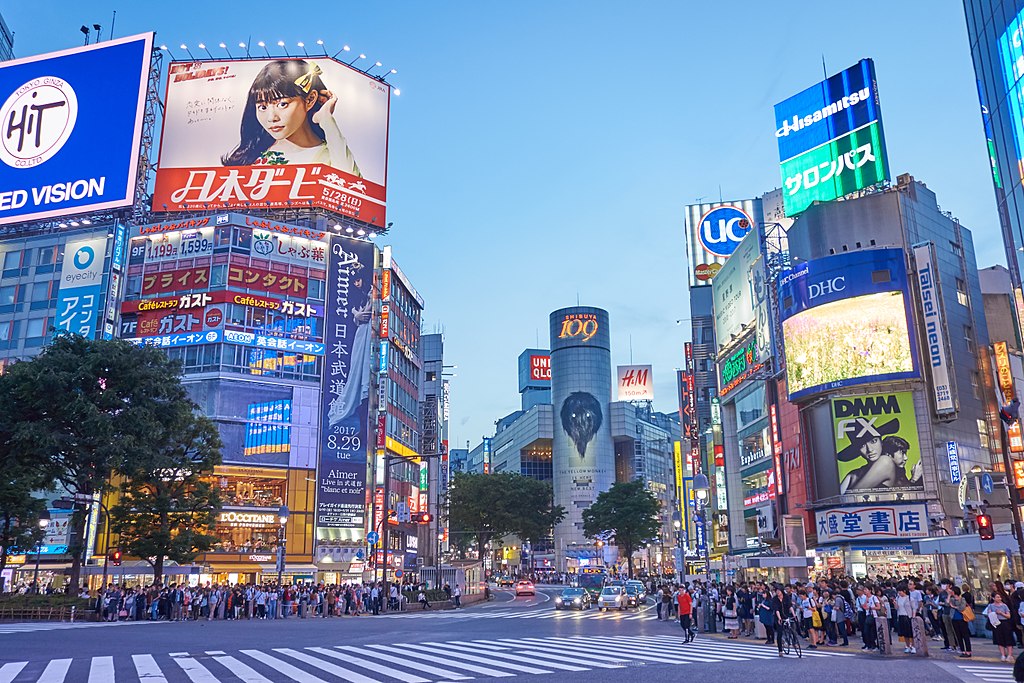
Shibuya Crossing is often referred to as the busiest intersection in the world, and for tourists, it’s a must-see moment of organized chaos. But for locals, it’s just part of the daily commute, something they cross without fanfare or photo ops. The scramble lasts mere seconds, and after one or two rounds, most visitors realize there’s not much else to do beyond watch the crowd and move on.
Tokyo residents rarely stop to admire it, and many actively avoid the area during peak hours. They know the real excitement lies in nearby neighborhoods filled with great food, hidden bars, and unique culture. For them, Shibuya Crossing is more of a camera trap than a cultural landmark.
24. The Mall of America, Minnesota
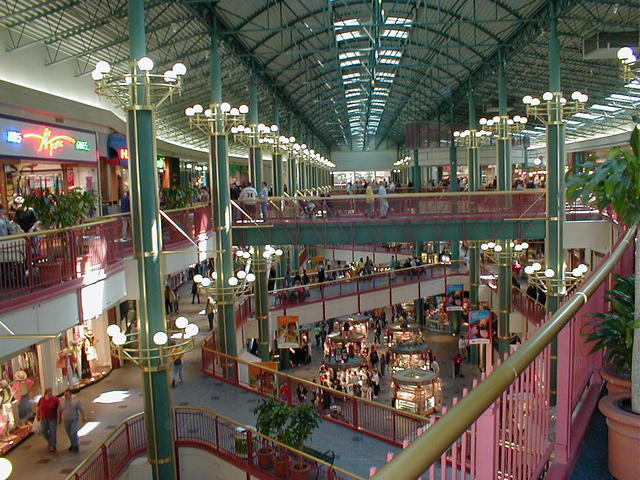
The Mall of America is massive enough to have its own zip code, but for many Minnesotans, that’s exactly the problem. With over 500 stores, an indoor amusement park, an aquarium, and endless corridors, it can feel more overwhelming than exciting. Navigating it takes stamina, and what should be a shopping trip quickly turns into a full-blown expedition.
Locals often avoid it unless they need something very specific or have kids to entertain on a freezing winter day. They prefer smaller malls or online shopping, where they can skip the crowds and chaos. To most residents, the Mall of America is a novelty for visitors, not a regular hangout.
25. Stonehenge

Stonehenge may be one of the most famous prehistoric monuments in the world, but seeing it in person can feel surprisingly anticlimactic. It’s smaller than expected, roped off from close access, and surrounded by flat fields that don’t offer much in terms of atmosphere. After a long drive and a pricey ticket, many visitors find themselves staring at the stones and wondering what to do next.
Locals in the UK tend to visit once, if at all, and usually recommend alternative ancient sites like Avebury or Castlerigg, where you can walk among the stones freely. Stonehenge feels more like a boxed-up relic than a mystical experience. For many nearby residents, it’s a distant landmark better appreciated in history books than from behind a barrier.
This story 25 Overhyped Tourist Destinations the Locals Just Can’t Stand and Never Visit was first published on dailyfetch.net.
=


